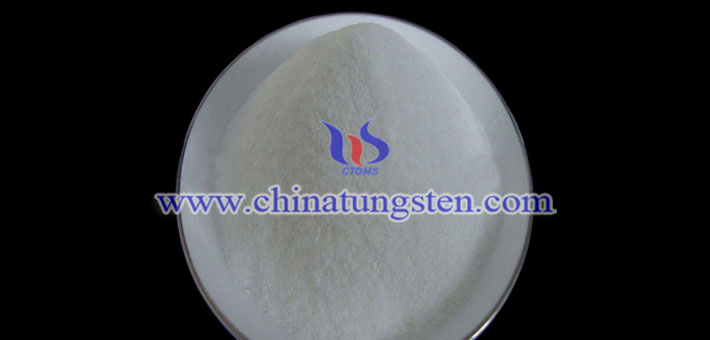How to Produce Phosphotungstic Acid
- Details
- Category: Tungsten Audio
- Published on Wednesday, 31 January 2018 19:38
- Hits: 539
Heteropolyacid with Keggin structure is one of the most active catalysts used in acid-catalyzed reactions and redox reactions. For the hydration and esterification of olefins, the etherification of epoxides, the condensation reaction of olefins and aldehydes, the alkylation of olefins and the epoxidation of olefins and alkylaromatics have good catalytic performance.
In addition, heteropolyacid as a catalyst has many advantages, such as high catalytic activity, high selectivity, low corrosion and easy reaction regulation. Due to its stable structure and recyclable cycle, heteropolyacid attracts wide attention, especially in a wide range of applications in petrochemical.
Phosphotungstic acid in heteropoly acid in the most widely used, but also the most representative. Some scholars have published a preparation of phosphotungstic acid, the method of sodium tungstate as raw material, adding hydrogen peroxide as a complexing agent, adding inorganic acid and then adding a reducing agent to obtain active tungstic acid, and finally the active tungstic acid was dissolved in phosphotungstic acid can be obtained after concentration and crystallization in dilute phosphoric acid solution. The process is complicated and costly. The resulting phosphotungstic acid contains excess phosphate. Therefore, there is a need to develop a new method that can overcome the above drawbacks.

Some researchers put forward a method to produce phosphotungstic acid from sulfide and phosphorus mixing solution containing tungsten, steps are as follows:
1. Tungsten and phosphorus mixed solution containing tungsten, wherein the concentration of tungsten trioxide 25-150g / L, the concentration of phosphoric acid 10-200g / L, adjusting the concentration of sulfuric acid to 1.5 ~ 2.5mol / L.
2. Tungsten-containing phosphoric acid and sulfide mixed solution from step 1 is mixed with the oil phase, the two phase volume ratio of the oil phase: water = 3: 1-1: 3, to obtain a load organic phase.
3. Stripping the loaded organic phase obtained in step 2 with distilled water in an oil phase: water phase = 3: 1-10: 1 by volume ratio to obtain a stripping solution.
4. The stripping solution obtained in step 3 is heated to evaporate and crystallize to obtain phosphotungstic acid crystal.
- Tungsten Oxide Manufacturer & Supplier, Chinatungsten Online: www.tungsten-oxide.com
- Tungsten News & Prices of China Tungsten Industry Association: www.ctia.com.cn
- Molybdenum News & Price: news.molybdenum.com.cn
- Tel.: 86 592 5129696; Fax: 86 592 5129797; Email: sales@chinatungsten.com



 sales@chinatungsten.com
sales@chinatungsten.com